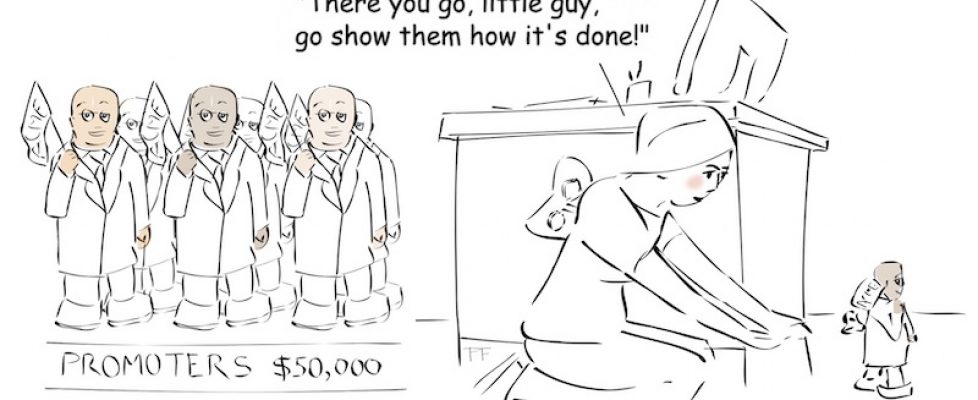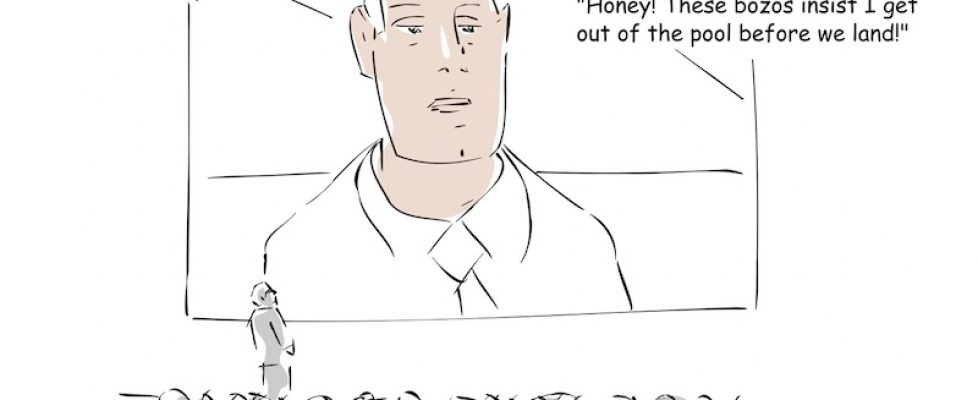NPS (26) – Activating Promoters (so they really do recommend you) – 26th article in a series on the Net Promoter System®
Welcome to the 26th article in my series on the Net Promoter Score and System. This time the subject is money! We are talking about the Net Promoter System. The key word here is ‘Promoter’. Read on… You can read all of the prior articles on our blog page here.
So, you have identified a lot of Promoters, Passives and Detractors. As humans, we like the sense of accomplishment that comes with putting out fires. It is tempting to spend all our time on Detractors. After all, we understand their problems. We know what to do. As for Promoters, well, it is far less clear what we should do. Here are some examples and ideas.
Tesla’s Promoter program
Tesla is in the fortunate position that a lot of people love their Model S cars. They have taken the principle of activating Promoters to a new high. Existing customers are invited to enter the company’s referral program and receive a referral code. If one or more of their friends or colleagues use the referral code when buying their own Tesla, the Promoter receives ever-increasing rewards. In early 2017, the rewards were as follows:
- Every referral means an additional ticket in a periodic prize draw for a Ludicrous P90D Model X.
- Two referrals mean a Tesla sports bag.
- Three brings a Tesla jacket.
- New Tesla wheel rims come with five referrals.
- Promoters get invited to the next major Tesla event after ten referrals.
The top Promoter in 2015 had 188 referrals and won the car. There is a client-side incentive to accept referrals too. If you buy through a referral, you get a $1,000 price reduction. Tesla prices are not negotiable in the showroom, and a purchaser can simply enter the referral code when ordering online, or in the showroom.
Using an existing platform, or creating your own
Rewarding loyalty from existing customers is relatively easy. My wallet contains everything from Starbucks and Café Nero loyalty cards with sequences of punch holes, to airline loyalty cards. Putting a system in place to encourage your fans to refer their friends can be more complex. There are several online platforms for the work, and I have no particular preference among them. Starbucks, Virgin America, Staples, Lands’ End, Microsoft and other companies have used Extole (www.extole.com) for their online referral programs, allowing Promoters to use Twitter, Facebook, email and text messages to share their experiences and link to web pages and social media. Both the referrer and referees are eligible for rewards.
At the simplest level, if you operate at retail level and use a physical loyalty card that tracks ten coffee purchases (for example), one approach would be to give a 50%-off refer-a-friend coupon to each customer who completes a loyalty card. While it is true that the coupon will not necessarily be used for a new customer, the same is true of Extole and other systems for consumer businesses that do not have exhaustive records of all customers.
Promoters may not have purchasing power
Where your customers are companies, end users of a product or service often have no authority to order from you. They have some influence over the person who can order from you, and you need to stimulate them to exercise that influence. But it may be a mistake to believe that individuals cannot help. Things have been changing radically in high-tech and it is easy to see how the trend is spreading elsewhere. In the old (but recent) days, anyone buying software in a medium to large company had to go through the IT department and they in turn went to procurement. The reason was that you needed new hardware to run the new software, and the IT and procurement people controlled hardware purchases.
Let’s suppose you have happy end users of software in a company. You would like them to consider your new product. Ensure it is available in a free version that limits (for example) the number of users. This is how messaging application Slack got started. Individual groups of users that did not have to pay anything spread their enthusiasm to departments and whole companies. Since it is Cloud-based software, no new hardware is required to run Slack. This means that departments can order it online, on their own. At a greater scale, this is also how Salesforce.com grew and beat Siebel. Sales organizations could decide to use Salesforce.com even without the agreement of the IT department, as no new hardware was needed. Of course, whoever was buying still needed a budget.
Conclusion
Promoters are not the only people who should be ‘activated’ to help you. After all, most people who would like to recommend your company have probably not answered your survey. However, Promoters are a great starting point. You know you can approach them with confidence, since they have already said they are likely to recommend you. Start with Promoters, then talk to others who seem to like your company a lot.
Next time
The next article will be about where and how you should concentrate your implementation energy, based on personal experience.
As is often the case, the above is a slightly-edited version of a chapter in one of our books; in this case Net Promoter – Implement the System All of our books are available in paperback and Kindle formats from Amazon stores worldwide, and from your better book retailers.





